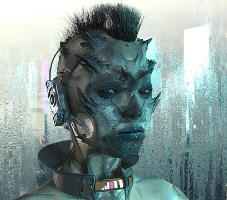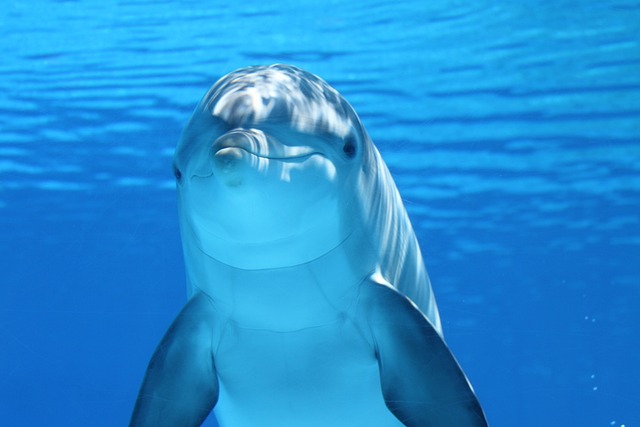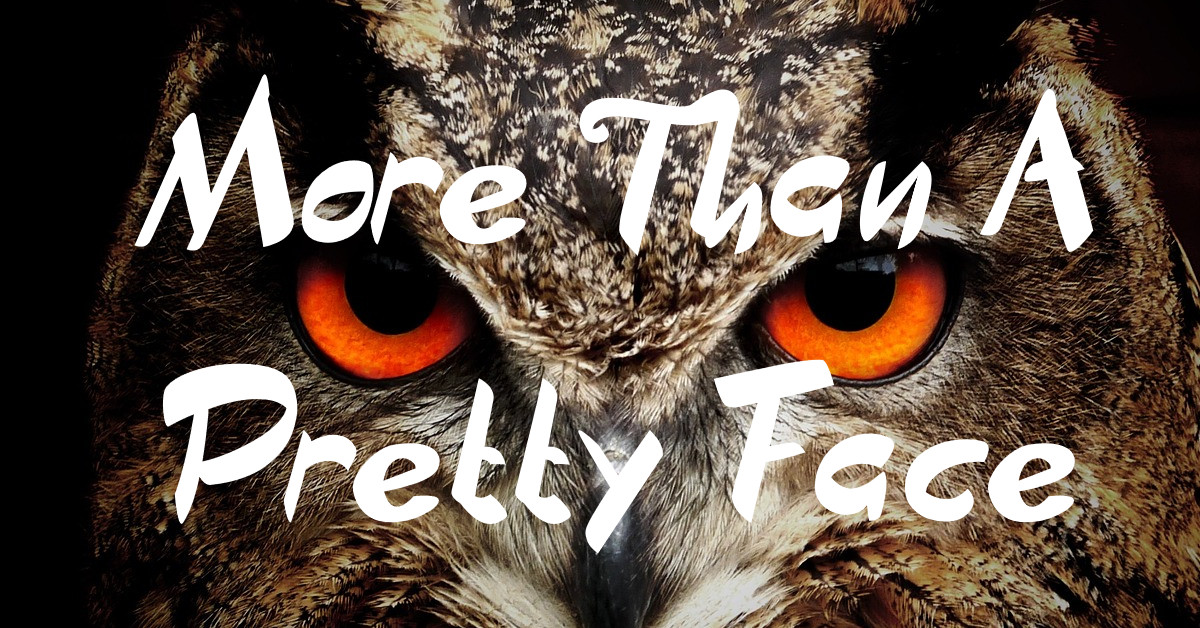
Speculative fiction writers often cast non-human characters in their stories. Those aliens, elves, fairies, and pointy-eared Vulcans are among a large number of possible strange creatures. As they write, spec-fic authors must live with their creations for many months and readers must read about them for many hours. Neither group wants to deal with flat, uninteresting, and undeveloped characters since we all know such beings will be “killed off.”
The writers of Star Trek made Spock, the pointy eared alien, a round character with a huge backstory. In fact, he is more famous and detailed than Captain Kirk, his boss. Are you getting the hint? Non-human characters that have dimensions, backstory, and personality are engaging and fun. Here’s the problem: the backstory of a human does not translate well. Aliens may not breath air, they may live for 1,000 years, and they may like to eat humans. Human character sketches are simply not adequate for this class of characters.
Limitations of Alien Character Development
- The greatest limitation for alien characters is that readers are human. Sentient slime mold does not engage their interest, no matter how smart the slime mold might be. Sorry, alien characters must be relatable–they need to evoke emotions, have goals, motivations, and conflicts.
- Simple description of aliens is not enough. In fact, description is the least effective way to develop characters. A green, seven-foot-tall basketball player might enchant a reader, but the description does not instill a personality into the player.
- Round alien characters must have emotions. Star Trek’s Spock denied emotions, which was a writer’s trick since his actions proved his love for his fellow shipmates. One simple rule: emotion should drive most character actions (alien or not).
- At a recent writer’s conference, a presenter was asked how to insert emotion into the sentence: The chicken crossed the road. The answer was that the chicken always feared a fox was following him, so he raced to the yellow center line of a road and paused to look over his shoulder. No fox was after him. He let out a deep breath and hopped with great relief to the other side, where he dodged into the bushes. Emotion!
Extra Dimensions for Non-Human Characters
At a 2023 Colorado Gold Conference workshop, T.H. Leatherman, a speculative fiction author (https://thleatherman.com), encouraged writers to ask questions about the backstory of their alien and fantasy characters. Then based on the answers, writers could have a basis for personality, conflict and emotion. Some of the suggested alien dimensions were: foods they eat, ways of procreation, strength, sensory organs, mannerisms, language, society, government, religion, history, technology, definition of beauty, tools, and weapons.

The pictured “alien,” Tony, breathes air but lives in water, has sonar, big eyes, is very friendly, often dances on his tail, smiles, is very smart, and loves to eat fish. He was elected president of his pod because of his social skills. He thinks that bald is beautiful. One of his siblings was injured by a man so he is distrustful of human males, but he likes human females. His family arrived from Alpha Centauri many generations ago, and he often visits the family spaceship still parked in deep water near Hawaii. Someday, he wants to see his ancestral home.
Bottom Line
Speculative fiction writers can create round alien characters that evoke lots of emotion with attention to attributes that humans may share, or attributes that humans could extrapolate from their own experience. Make you aliens real.

R. C. Beckett was given a collection of Fantasy and Science Fiction Magazines as a teenager and read hundreds of the stories — he was hooked and started writing fiction in 2013. He loves to write hard science fiction, but can’t help adding a bit of humor. Publications: “Exit Mars” and “Exit Earth” (available on Amazon). “Exit Pluto”, the third in the Exit series, should be published in late 2020. He lives in Golden Colorado and is a member of Rocky Mountain Fiction Writers. Walking his dog is key to his writing since that’s when he imagines plots for his stories. He also volunteers as a webmaster for non-profit companies including SpecFicWriters.


Carrie Vaughn created an interesting alien species in her short story Vast and Trunkless Legs of Stone. It’s a first contact tale, and the alien becomes plausible thanks to its demeanor and curiosity. Here’s a link to a podcast. https://clarkesworldmagazine.com/audio_06_23a/
Another believable alien story. Escape Pod 907 features the story A Layer Thin As Breath by T. K. Rex. Though the emphasis of the story is on how to bridge the communication gap, both the cobweb alien and the blob alien become plausible through their underlying motivations.